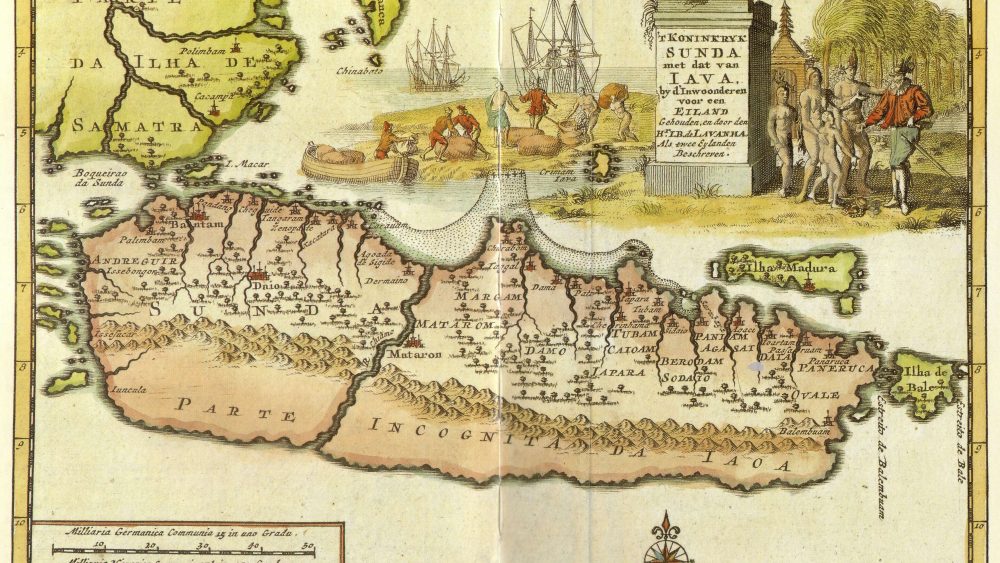Java-Futurism is a term coined by Lintang Raditya, an instrument-builder and noise musician from Yogyakarta. The term plays on the political and temporal aesthetics of the concept “Afro-futurism”, and refers to the contemporary practices of sound art and sound activism found among experimental musicians in Indonesia that seek to investigate a past that might have been, in order to imagine and define a future that might be. The “Java” of Java-Futurism is not so much a place as an imaginary that is at once political, aesthetic, and cosmological.
We use Java-Futurism as our key theoretical concept in a modest attempt to decolonize our knowledge production. Java-Futurism contains, we suggest, an ethnographic theory. We think it holds the same philosophical explanatory potential as any concept derived from the corpus of Western philosophy. It is this potential that our project seeks to explore anthropologically and aesthetically. We argue that Java-Futurism alludes to the non-secular temporality that rules both Javanese mysticism and the Indonesian political imaginary, – a temporality in which the esoteric symbols (called pralambang) of traditional Javanese text are said to hold predictive power. In Javanese mysticism, the past – if properly “recognised” and “enacted” – does not merely predict the future; it enables it. As numerous scholars of Indonesia since Benedict Anderson and Clifford Geertz have pointed out, this temporality informs and structures also Indonesian politics. As the same time as this requires a rethinking of time and power, later critics such as John Pemberton have argued that this Javanese mysticism itself was also appropriated by Dutch colonialists and attributed to colonial ideas of Java. “Java” as a mystical isle was in that sense a colonial construction, one that would since play an important part in shaping Indonesian nationalism and postcolonial politics (Pemberton 1994). Java in this sense is not a place; it is a particular kind of political chronotope – a way of understanding and acting in time and space. Java-Futurism is the name, we argue, for this aesthetic perspective and practice in contemporary Indonesian experimental and noise music.
It is this chronotopic practice – a Java-Futurism situated between (post)colonial political history and Javanese mysticism – that Lintang Radittya articulates when he lets the shadow-puppet figure of Bagong (a character from the Javanese pantheon of demi-gods known for his critical outspokenness) determine the noise during his performances. One find the same kind of Java-Futurism in the work of Rully Shabara. As part of the project Zoo, for example, Rully and his collaborators work with a fictional ancient civilization, Samasthamarta, an alphabetical system called Zugrafi, and an oral language system called Zufrasi. The scriptures and language of this lost fictional civilisation tell of a time of impending doom – a lost historical apocalypse that looks very much like our own. A third example of Java-Futurism is the performances of the duo Raja Kirik, inspired as they are by Javanese possession rituals like jaranan and jathilan.

